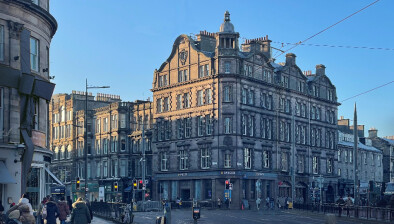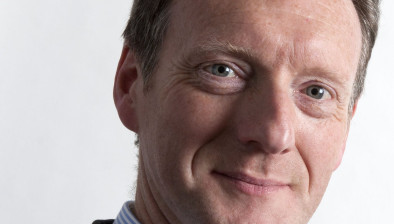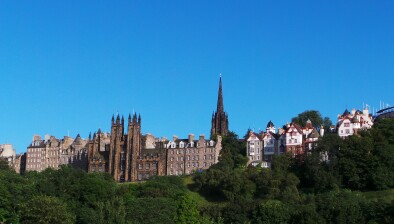Edinburgh revealed as number one UK ‘hot spot’ for hotel development
 Global real estate adviser Colliers International has named Edinburgh as the UK’s top city for hotel development.
Global real estate adviser Colliers International has named Edinburgh as the UK’s top city for hotel development.
In its latest UK Hotels Market Index, Colliers said that Edinburgh moved up four places in 2017 from the previous year, with its high position mainly attributed to strong occupancy levels and average daily rate (ADR) growth in 2017, resulting in a four-year upward RevPAR trend, combined with constrained new supply.
The UK Hotels Market Index is an analysis of 34 locations across the UK, ranked to determine the ‘hot spots’ for hotel development and acquisition across the country.
The annual report, which is in its third year, paints a positive picture for the hotels sector.
Colliers’ index shows continued year on year growth for the sector, with revenue per available room (RevPAR) increasing by 3.8%; significantly ahead of GDP growth.
Regional markets have continued to catch up to London in terms of their attractiveness to investors, with cities such as Hull and Plymouth entering the list of top 10 ‘hot spots’ for hotel development and acquisition in the UK for the first time in 2017.
Alistair Letham, a director in the UK hotels agency team at Colliers International in Scotland, said: “Apart from London, Edinburgh is the most popular city for visitors in the UK. It is therefore of little surprise that this is also reflected in the popularity of Edinburgh as “hot-spot” for hotel development. This is further augmented by Edinburgh’s role as an important commercial, financial and political centre, which helps drive demand. The continuing growth in passenger numbers at Edinburgh Airport, alongside the ongoing worldwide popularity of Edinburgh as a ‘Festival City’, is a further indicator of its strength.”
Bath ranks second, moving ten places up, as a result of strong ADR performance, combined with a lower active pipeline.
Belfast is positioned third, improving its ranking by a significant 16 spots due to the city’s robust and positive four-year RevPAR trend together with relatively low land site prices.
The analysis uses nine key performance indicators (KPIs) to score each of the 34 locations with a figure from one to five (one being the lowest and five being the highest).
The determining indices include land site prices; build costs; market appetite; valuation exit yields; room occupancy; average daily rate; room occupancy rates; four year RevPAR trend; active pipeline as a percentage of current supply; and, construction costs. The ratings are then consolidated into a single figure and ranked to show which markets are hot in terms of a desirable location for investors to acquire an existing hotel or develop a new one.
Marc Finney, head of hotels & resorts consulting, Colliers International, said: “The data in our third annual report reveals the ever-changing nature of the UK hotels market. Cities such as Bath and Belfast have really upped their game in the last year to make it into the top five, despite failing to feature in the top 10 last year. Our Index is formulated in such a way that high land and construction costs and sluggish hotel market growth are penalised. That’s why some markets will rank lower than expected.
“Of course this is a general market index and site specific factors will lead to significant variances but the data demonstrates which cities investors should be watching and offers a credible indication to influence their decision making process.”

















